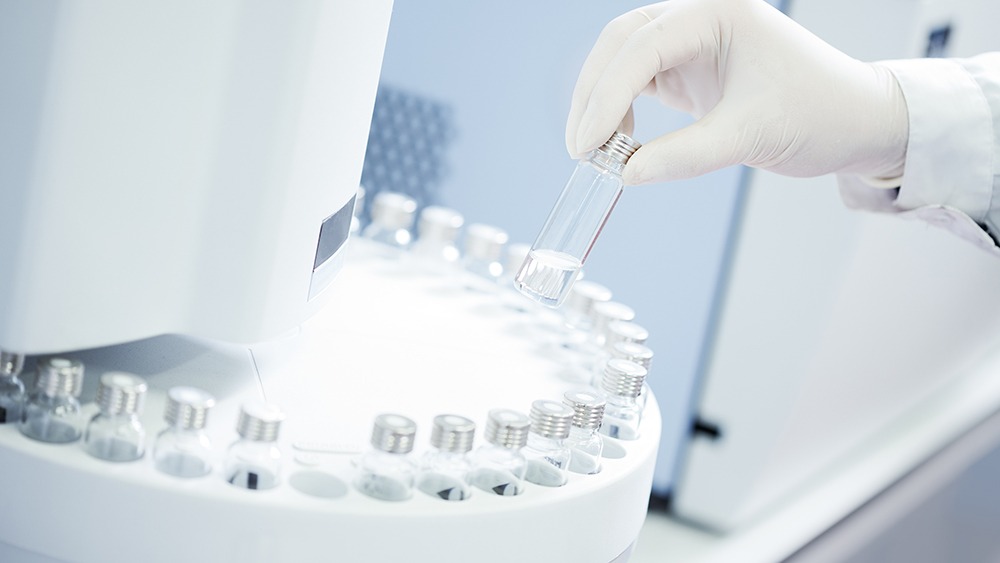In an article published in the journal Frontiers in Chemistry, Haley & Aldrich’s John Xiong and co-authors from Oak Ridge National Laboratory, the Pacific Northwest National Laboratory, and Shandong Normal University in China share their research into a new analytical method to detect per- and polyfluoroalkyl substances (PFAS). They found that time-of-flight secondary ion mass spectrometry (ToF-SIMS) — a simpler-to-use, more sensitive technique than other PFAS detection methods — could measure PFAS in water at very low concentration levels and without complicated sample preparation.
The detection of PFAS — per- and polyfluoroalkyl substances — “is crucial in environmental mitigation and remediation of these persistent pollutants,” the authors write. Their article, “Molecular detection of per- and polyfluoroalkyl substances in water using time-of-flight secondary ion mass spectrometry,” traces their study of several PFAS and samples from monitoring wells at a municipal wastewater plant in Southern California. Their results indicate that ToF-SIMS “is a viable technique to analyze and identify these substances at parts per trillion (ppt) level in real field samples without complicated sample preparation due to its superior surface sensitivity.”
John leads Haley & Aldrich’s Applied Research program and has conducted extensive research into PFAS detection and remediation.




